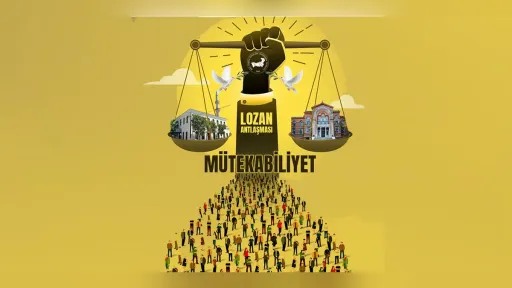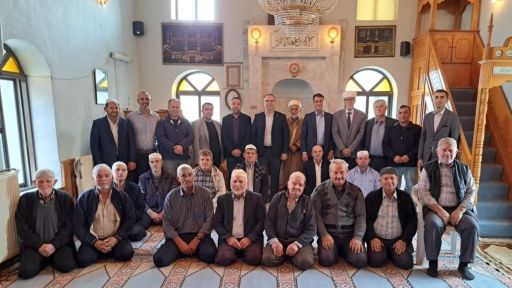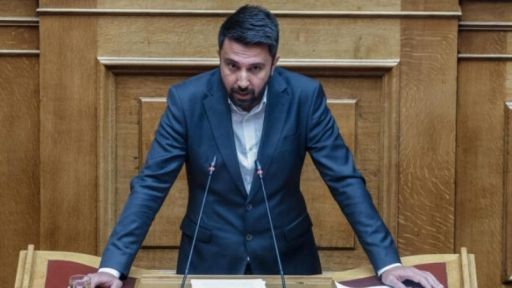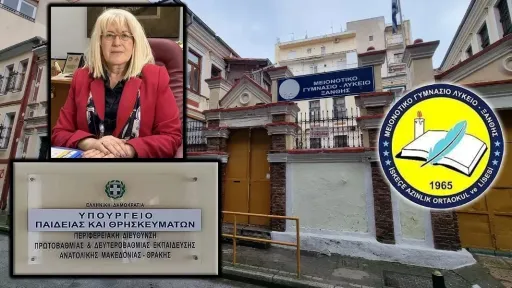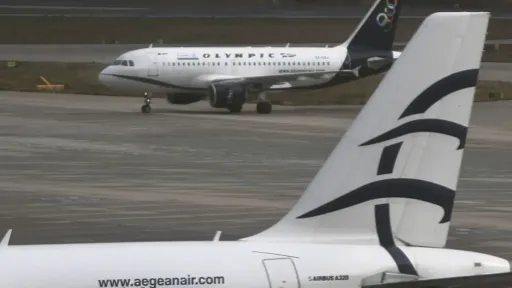Western Thrace Turks celebrate Eid al-Adha with joy
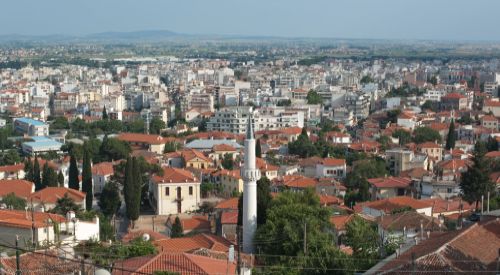
One of the oldest Muslim community in the Balkans, namely, Western Thrace Turks maintain one of their religious tradition Eid al-Adha.
This year, men met in the special prayers in the morning performed in the mosques all over Western Thrace, then celebrated each others' Eid.
Afterward, particularly children enjoy wearing new and clean clothes as ordered in the Quran.
Next, sacrifices and visit to relatives will be held.
What is Eid al-Adha?
When asked about the origin of Eid al-Adha, The Prophet of Islam, Muhammad, is reported to have said, “It is a tradition that has come down to us from Abraham.”
The Feast of Sacrifice dates from the historic event when Prophet Abraham was commanded by God, in a form of a dream vision, to sacrifice his son, Ismail. But while he was in the act of sacrificing his son, God sent the Angel Gabriel with a huge ram. Gabriel informed Abraham that his dream vision was fulfilled and instructed him to sacrifice the ram as a ransom for his son. The story is mentioned in Chapter #37 of the Holy Qur'an.
Eid al-Adha enjoys special significance because the Day of Sacrifice marks the climax of Hajj or Pilgrimage, the fifth pillar of Islam. This annual pilgrimage to Makkah and Madinah in Saudi Arabia is an obligation only for those men and women who are physically and financially able to perform it once in their lifetime.

